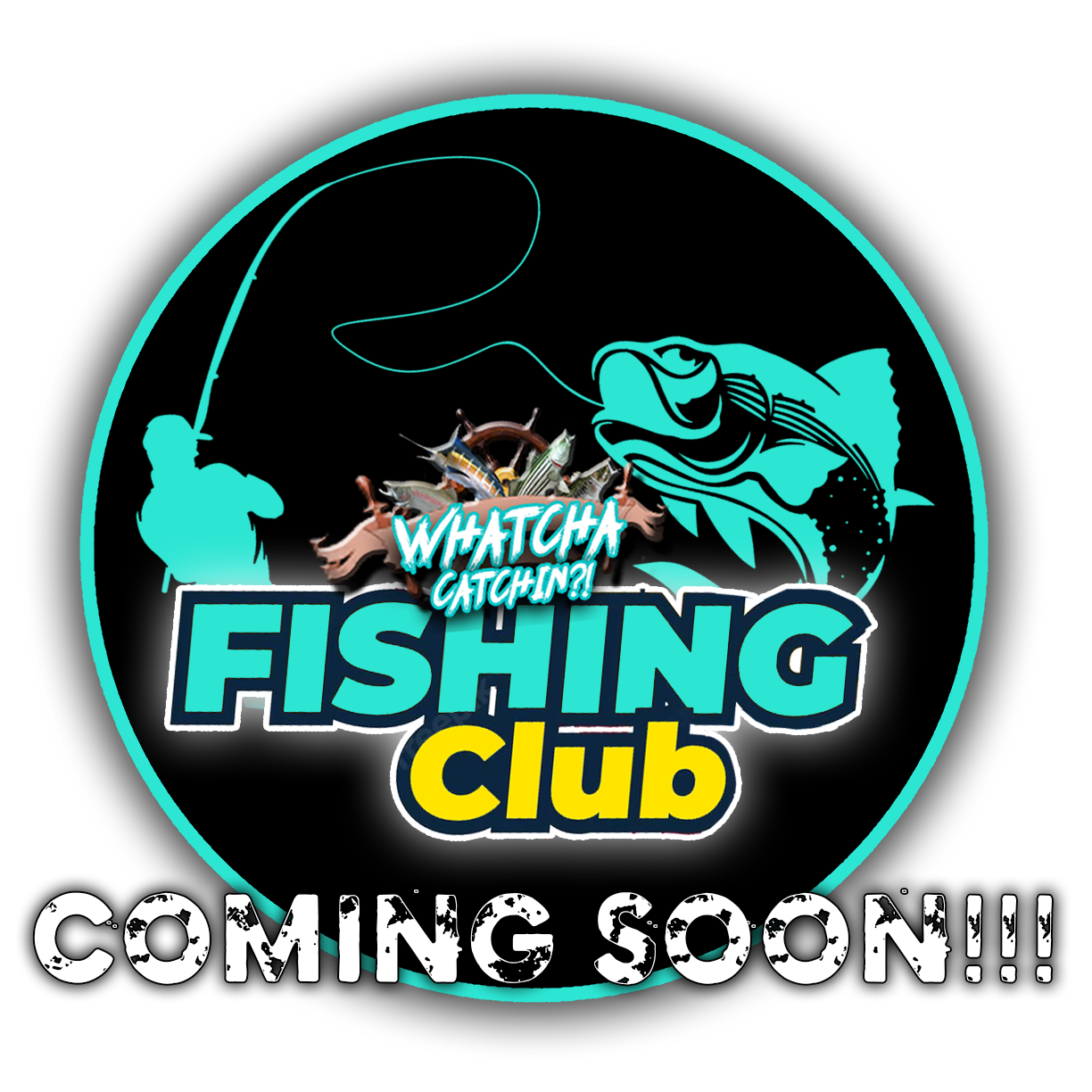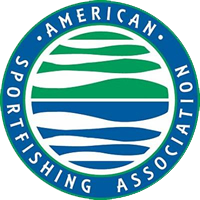
Many of us are familiar with catching all kinds of fishing in all types of conditions with many types of methods, but have you tried snagging Paddlefish in the midwest?! If not, what a treat!
Because they are filter feeders, the most popular and dependable way to catch paddlefish is by snagging. Anglers harvest paddlefish by snagging during a 45-day snagging season that runs during different periods throughout mid-west states some beginning as early as March and some ending as late as May.
Snagging success depends on the weather
Successful snagging depends primarily on water temperature and flow. When water temperatures reach 50–55F and flow increases, paddlefish migrate upstream to spawn.
Early in the season, smaller male paddlefish comprise the bulk of the harvest. As flows and water temperatures increase, the fish move upstream, and the number of larger females increases.
When lakes and rivers are rising, there can be a lot of logs and other debris in the water. Snaggers and other boaters need to watch out for these hazards.
A boat with a depth finder is probably the most useful tool for a paddlefish snagger. Usually, paddlefish stay near the bottom, often congregating in deep holes near drop-offs. Paddlefish display as large images on most modern depth finders. Good electronics also help you stay in the main channel and avoid most underwater obstacles.
It’s sometimes possible to “troll” for paddlefish. Let out enough line so the hooks are a good distance from the boat and you can feel the sinker hitting the bottom. Troll just fast enough to keep the slack out of your line.
When snagging for paddlefish, use a sweeping motion, swinging the rod toward the boat and then releasing it back in the other direction, preventing excessive slack in the line. Use your legs and back to lessen arm fatigue.
Some anglers prefer to snag from set locations on the bank. For the most part, the equipment is the same as that used in boat snagging. It is important to use a rod that allows you to cast your hooks a long way from the bank. A sweeping motion jerks the hook through the water, followed by reeling to take up slack from the jerk. Several of the areas mentioned above are traditional haunts for bank snaggers and allow good open access to the water.
Whether you cast or troll, set the drag so you can barely pull line off the spool with your hand. It should be tight enough that it won’t slip when you jerk or come into contact with a fish, but loose enough that it will disengage if you get hung up or when a large fish makes a run.
You must possess a valid fishing permit if you are snagging or driving the boat being used. Once you have taken two legal paddlefish into your possession, you cannot continue snagging for any other species of fish that day.
Typical snagging gear includes a stiff, 6- to 7-foot rod equipped with a level-wind saltwater reel spooled with 100-pound test (or heavier) braided line. Some snaggers choose 7- to 9-foot, medium-heavy action surf rods and large-frame, large-capacity spinning reels. This combination allows more play than the standard snagging rig, which typically is as stiff as a broom stick.
Attach a large, teardrop-shaped, 8- to 16-ounce sinker to the end of the line. Use the heavier weights in deep water or where there is current. Use lighter weights in slack water or when the fish seem to be suspended, instead of close to the bottom. Bank anglers also tend to use lighter weights.
Attach No. 8 to No. 14 treble hooks to the line. Anglers usually use two hooks, one about 18-24 inches above the weight, and the other 2 feet farther up. Rigging so that the hook or hooks ride upright helps you hook more fish.
Have plenty of extra hooks and weights in the boat because you will lose a few. Many snaggers pour their own weights. It’s cheaper than buying them.
For more on Paddlefishing check out this article from Outdoor Life or the awesome video below.










